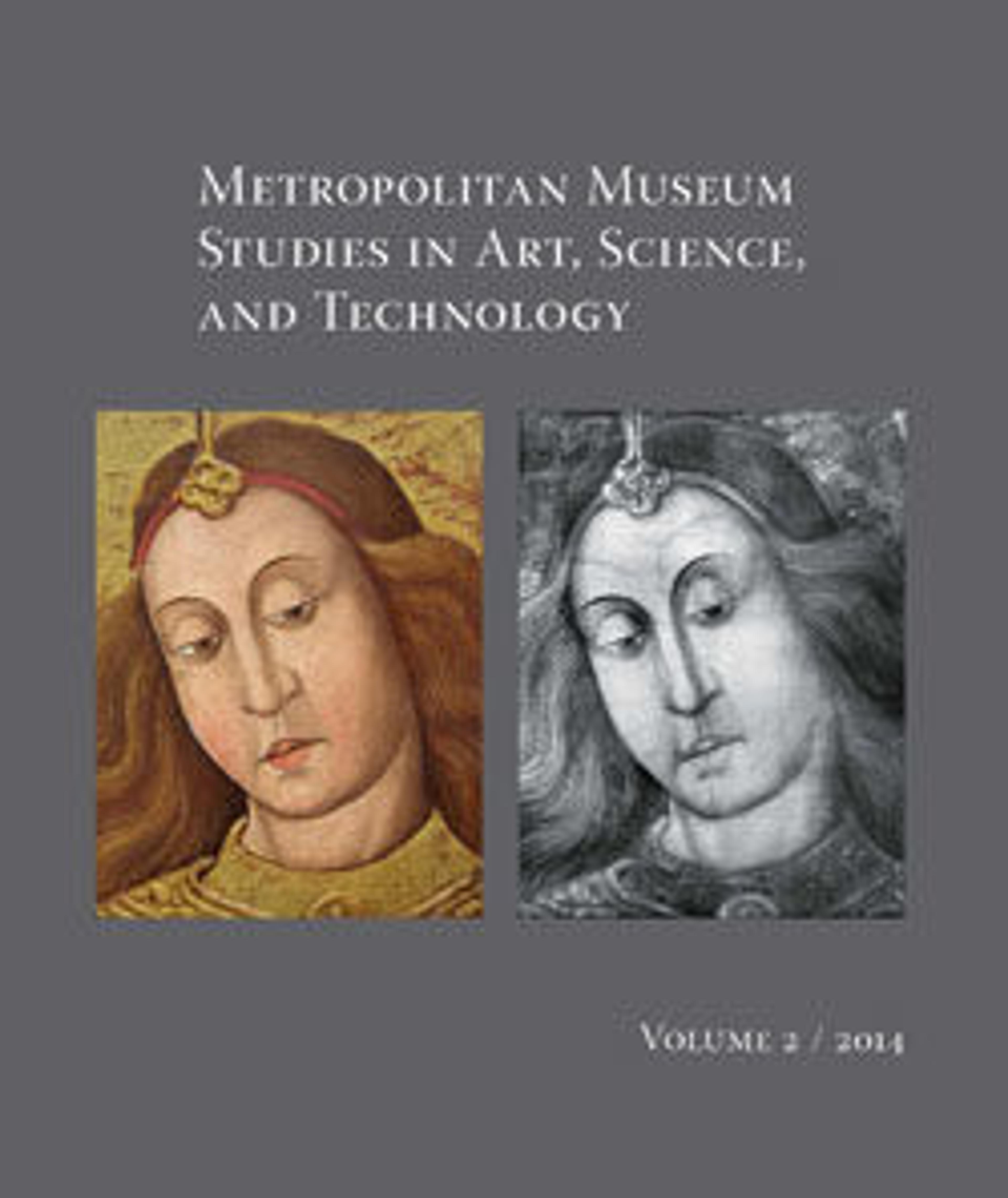[Study in Orange]
In 1888 George Eastman introduced the first Kodak camera, which came with a one-hundred-exposure roll of newly patented flexible film. Once the consumer had used all the exposures, the camera and film were shipped back to the Eastman Dry Plate Company, where the pictures were developed, printed, and returned to the photographer. Marketed with the promise, "You press the button, we do the rest," the camera made photography available to a much wider audience. Serious art photographers, however, believed that photography's unique expression was best represented by "the rest"-that is, by the very processes taken over by Eastman. As a result, they began to explore more complex printing techniques that imitated other graphic arts. Known internationally as the Pictorialists, they formed the first collective and cogent movement to argue aggressively for photography's place among the fine arts. Le Bègue was a leading French Pictorialist who, beginning in 1894, exhibited regularly with the Photo Club de Paris. After the turn of the century, his photographs were reproduced in Alfred Stieglitz's important journal Camera Work. The gum bichromate process used to make this photograph allowed Le Bègue to choose the striking orange-red pigment and to manipulate the print-partly by hand-so that it resembled a chalk drawing. Although it appears to be an unfinished study, it is, in fact, the final work and was likely intended to demonstrate the broad capabilities and self-consciously artistic possibilities of photography.
Artwork Details
- Title: [Study in Orange]
- Artist: René Le Bègue (French, 1857–1914)
- Date: 1903
- Medium: Gum bichromate print
- Dimensions: 25.7 x 19.7 cm. (10 1/8 x 7 3/4 in.)
- Classification: Photographs
- Credit Line: Alfred Stieglitz Collection, 1949
- Object Number: 49.55.220
- Curatorial Department: Photographs
More Artwork
Research Resources
The Met provides unparalleled resources for research and welcomes an international community of students and scholars. The Met's Open Access API is where creators and researchers can connect to the The Met collection. Open Access data and public domain images are available for unrestricted commercial and noncommercial use without permission or fee.
To request images under copyright and other restrictions, please use this Image Request form.
Feedback
We continue to research and examine historical and cultural context for objects in The Met collection. If you have comments or questions about this object record, please contact us using the form below. The Museum looks forward to receiving your comments.
